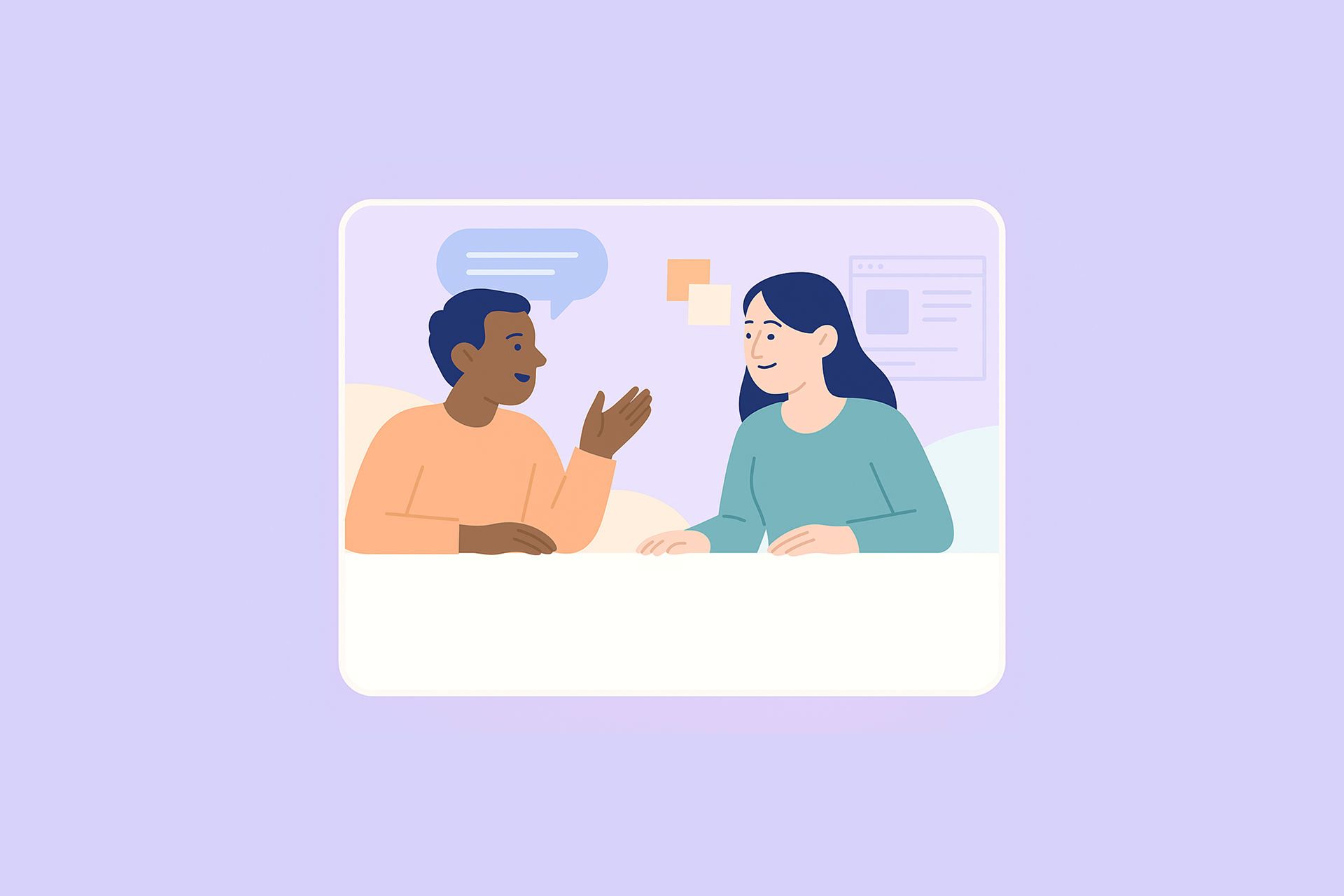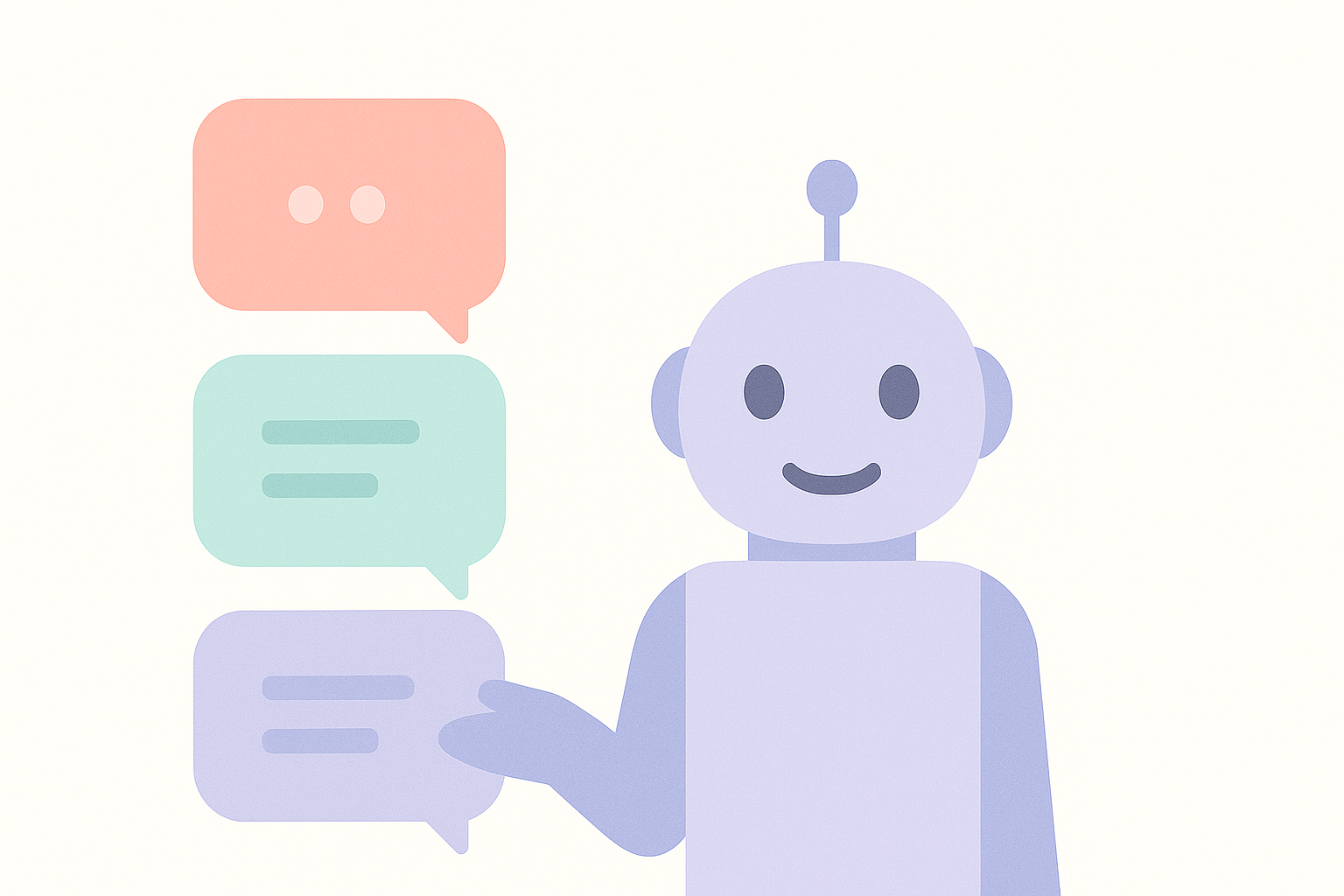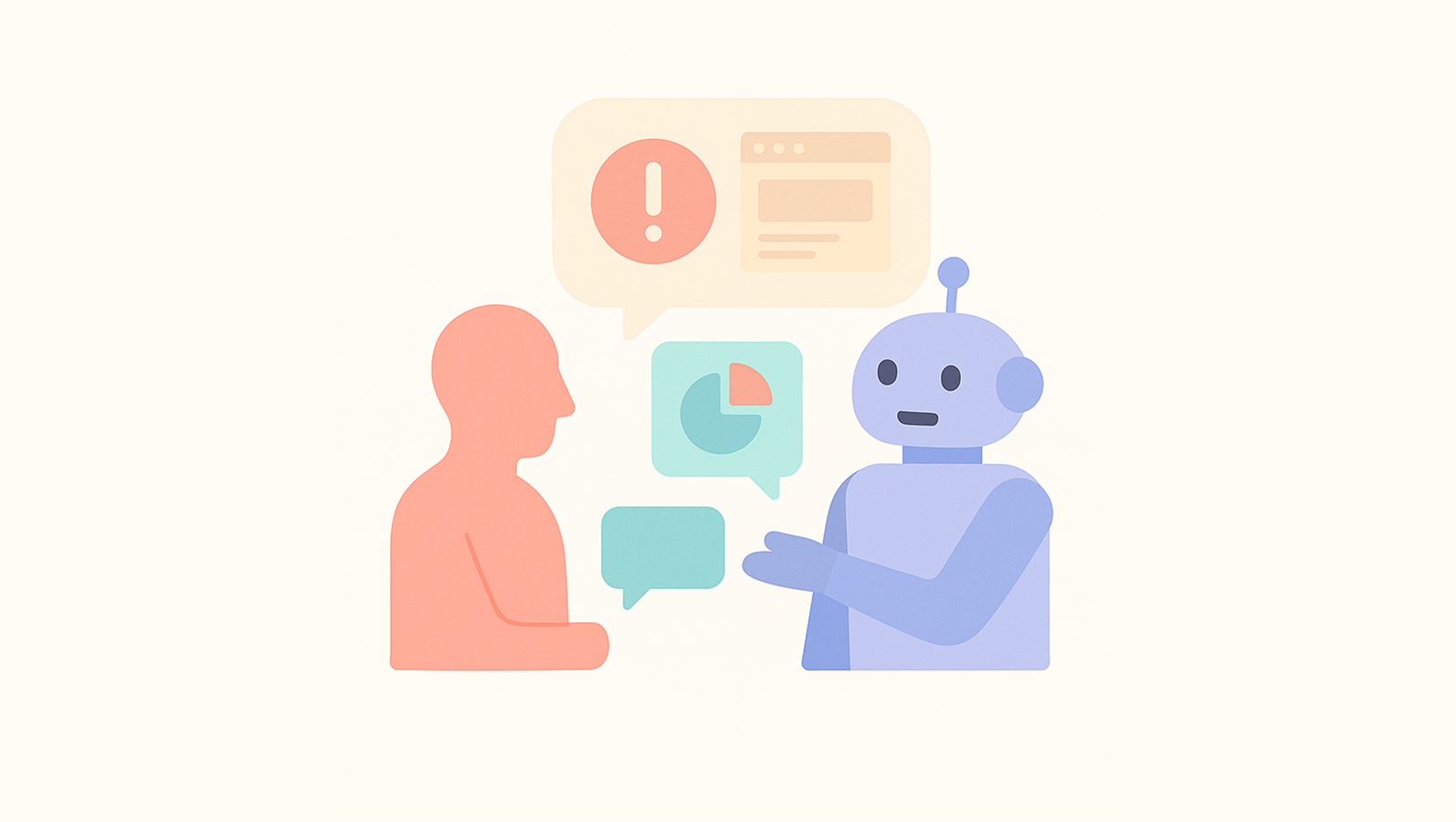The Problem: AI Interviews Can Be Surface-Level
AI moderators are powerful — they can consistently run interviews at scale. But without good probing, they often stay on the surface: asking obvious questions, missing follow-ups, or failing to dive into “why.” That’s where smart probing comes in.
What “Probing” Means in AI Interviews
In human-led interviews, probing is what drives depth. It’s asking follow-ups, navigating ambiguity, and pushing participants just enough to reveal motivations, challenges, and contradictions. For AI moderators, probing means:
- Using context (goals, prior responses, user background) so the AI knows which paths are more interesting.
- Choosing adaptive follow-ups based on what the respondent said — not just following a rigid script.
- Balancing consistency and flexibility so you don’t lose comparability across interviews.
When AI Probing Shines (and When It Doesn’t)
AI probing is especially useful when you have highly structured research goals but still want to uncover surprises. It performs well in moderated usability, concept testing, or iterating on prototypes. However, in deeply exploratory or generative spaces, which involve human intuition, emotional cues, and tangential storytelling matter, a human moderator still has the edge.
Probing doesn’t just add depth, but it turns your AI moderator into a smarter, more curious conversation partner. To get there, focus on layering context, designing smart follow-ups, and giving boundaries that guide yet allow exploration.
FAQs
Explains the concept for readers new to UX or AI research, highlighting that probing refers to follow-up questions that deepen understanding rather than surface-level responses.
Helps readers understand when AI-led probing is most effective (structured research, usability tests, large-scale interviews) and when a human moderator is still preferable (emotion-heavy or exploratory studies).
Addresses the practical side — how to feed context, goals, and example questions into the AI so it can adapt and probe effectively.
Explores how to give your AI moderator enough structure to stay aligned with research goals, while still allowing flexibility to explore unexpected insights that emerge during the conversation.










